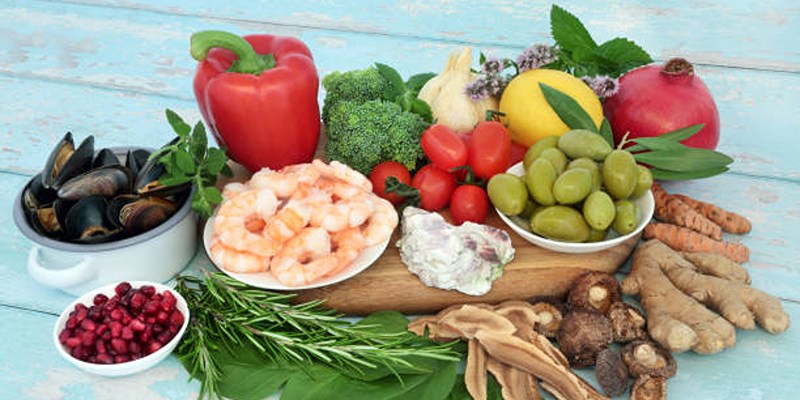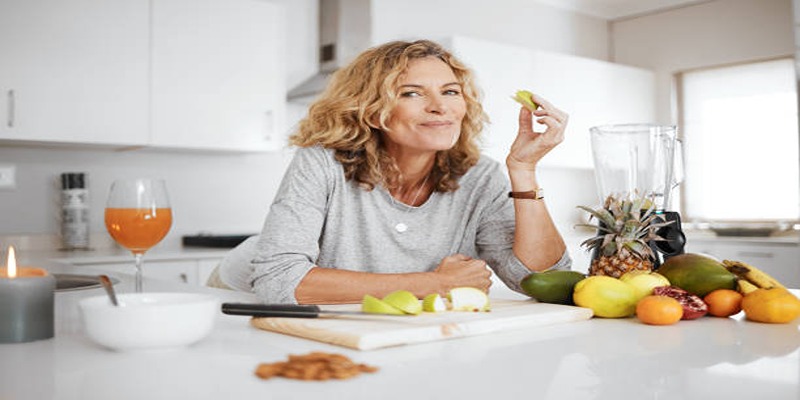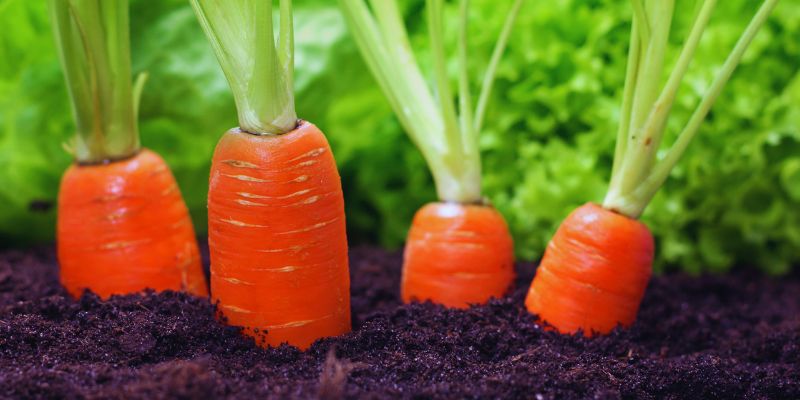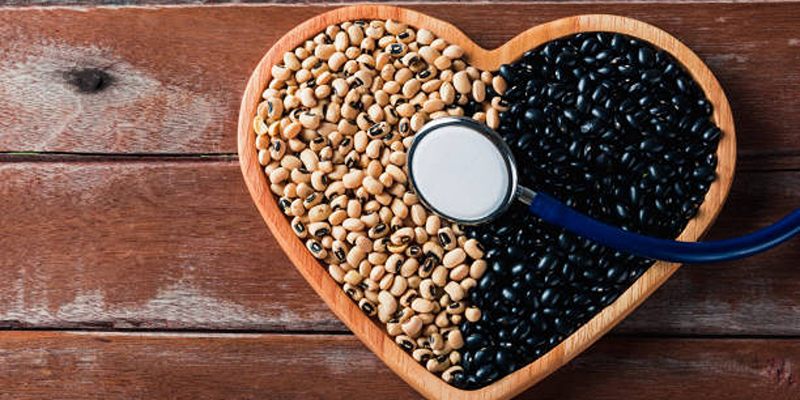Rosacea is a chronic skin condition that often requires lifestyle adjustments, including dietary changes, to manage symptoms effectively. The Rosacea Diet focuses on incorporating foods that reduce inflammation while avoiding triggers that can exacerbate flare-ups. This guide will help you understand what to eat and what to avoid for healthier, calmer skin.
Understanding Rosacea and Its Triggers:
Rosacea is an issue that is experienced by millions of individuals across the world, and it usually takes longer to develop. The triggers differ in individuals, but such food factors as spicy food, processed dishes, and some drinks are popular. Your triggers can cause your skin to calm down by identifying your triggers and going on a balanced anti-inflammatory diet.
Key Dietary Principles for Managing Rosacea:
Before diving into specific food lists, it’s essential to understand the overarching dietary principles that can support rosacea control:
- Cut out inflammation: Find antioxidant and omega-3 fatty acids-rich whole foods.
- Balance insulin: Eat low-glycemic foods that do not elevate insulin.
- Drink water: Moisturize your skin by drinking adequate water.
- Avoid triggers in the foods consumed: These are products that lead to facial flushing or sensitivity of the skin.
Best Foods to Eat on a Rosacea Diet:
Adopting a skin-friendly diet starts by incorporating anti-inflammatory, nutrient-dense foods that promote overall skin health and reduce the frequency of flare-ups.
Green Leafy Vegetables

Spinach, kale, arugula, and other leafy greens are high in vitamins A, C, and K. They contain anti-inflammatory compounds and antioxidants that soothe the skin.
2. Fatty Fish
Salmon, sardines, and mackerel are rich in omega-3 fatty acids, which help combat inflammation and improve skin barrier function.
3. Whole Grains
Oats, quinoa, brown rice, and barley are low-glycemic alternatives to refined carbohydrates. They help balance blood sugar and reduce inflammatory responses in the skin.
4. Cucumbers and Zucchini
These hydrating vegetables contain antioxidants and are gentle on sensitive skin. They also help with overall hydration.
5. Blueberries and Blackberries
Berries are packed with flavonoids and vitamins that protect skin cells from oxidative damage and inflammation.
6. Pumpkin Seeds and Sunflower Seeds
Rich in zinc and vitamin E, these seeds support skin healing and reduce redness associated with rosacea.
7. Chia Seeds and Flaxseeds
These fiber-rich seeds are excellent sources of plant-based omega-3 fatty acids, which help reduce inflammation in the body.
8. Sweet Potatoes
A good source of beta-carotene and complex carbohydrates, sweet potatoes are a nourishing, skin-soothing option for those with rosacea.
9. Herbal Teas
Chamomile, ginger, and green tea (cooled) may have calming effects on inflammation and reduce flare-ups. Be cautious with hot temperatures, which can trigger symptoms.
10. Probiotic Foods
Non-dairy probiotic-rich options like sauerkraut and kimchi may help regulate gut bacteria, which is linked to reduced skin inflammation.
Foods and Ingredients to Avoid:
Certain foods are widely reported to cause or worsen rosacea symptoms. Eliminating or minimizing these from your diet may significantly reduce flare-ups.
1. Spicy Foods
Hot peppers, mustard, and pungent seasonings often lead to facial flushing and irritation. Stick to milder herbs and spices like basil and parsley.
2. Refined Carbohydrates
White bread, pasta, and pastries can spike blood sugar levels and provoke inflammation. Choose whole grains instead.
3. Processed Meats
Smoked or cured meats are high in sodium and preservatives, both of which may aggravate rosacea symptoms.
4. Aged Cheeses
Some individuals report worsened symptoms after consuming hard cheeses. These products often contain compounds that trigger facial redness.
5. Caffeinated Beverages
For some, caffeine may trigger flare-ups, especially if consumed in hot form. Switch to cooled herbal infusions when possible.
6. Tomatoes and Citrus Fruits
Although rich in nutrients, these acidic foods can be problematic for certain people with rosacea. Track your tolerance before eliminating them.
7. Artificial Sweeteners
Common in diet products and sugar-free snacks, artificial sweeteners may disrupt gut health and exacerbate skin issues in sensitive individuals.
8. High-Sodium Foods
Fast food, chips, and instant noodles are often high in salt, which can contribute to water retention and facial puffiness.
9. Fermented Sauces
Products like soy sauce or vinegar-heavy condiments can irritate the skin or promote redness in rosacea-prone individuals.
Building a Rosacea-Friendly Meal Plan:

A structured meal plan can help you maintain consistency and avoid accidental exposure to trigger foods. Here’s a simple daily layout to guide you:
Breakfast
- A hearty bowl of oatmeal topped with fresh, juicy blueberries, a sprinkle of nutrient-packed flaxseeds, and a drizzle of honey for a touch of natural sweetness.
- A comforting cup of herbal tea, served lukewarm or cooled, is perfect for sipping slowly while you start your day or unwind in the evening.
Lunch
- A refreshing quinoa salad made with crisp cucumbers, nutrient-rich kale, crunchy sunflower seeds, and a drizzle of flavorful olive oil for a light and satisfying meal.
- On the side, enjoy a serving of perfectly roasted sweet potato wedges, seasoned to perfection for a touch of natural sweetness and a wholesome boost.
Snack
- Freshly sliced zucchini paired with creamy, flavorful hummus, perfect for a light and healthy snack.
- A handful of crunchy pumpkin seeds, packed with nutrients, and a great way to satisfy your cravings in between meals.
Dinner
- Grilled salmon seasoned with a blend of lemon, garlic, and herbs, served alongside tender steamed broccoli and a hearty portion of fluffy brown rice for a balanced and nutritious meal.
- A soothing cup of chamomile tea to end the day, helping you relax and unwind before bedtime.
Tips for Managing Rosacea Through Diet:
Following the right diet is not about strict avoidance but about learning how your body responds. Here are additional tips to maximize your results:
- Keep a Food Journal: Note what you eat and track any skin reactions. Patterns will help identify personal triggers.
- Introduce Changes Gradually: Don’t overhaul your entire diet overnight. Begin by swapping out one trigger food at a time.
- Consult a Dermatologist or Dietitian: They can help tailor a personalized approach based on your condition and nutritional needs.
- Stay Consistent: Flare-ups may not disappear overnight. Consistency over time is essential to see noticeable improvements.
Conclusion:
Rosacea is complex, and while triggers vary between individuals, diet plays a critical role in symptom management. By focusing on anti-inflammatory, whole foods and avoiding known irritants, many individuals see significant improvements in redness, irritation, and overall skin clarity. Adopting a rosacea-friendly diet is not just about avoiding certain ingredients — it’s about empowering yourself with choices that help your skin thrive.












